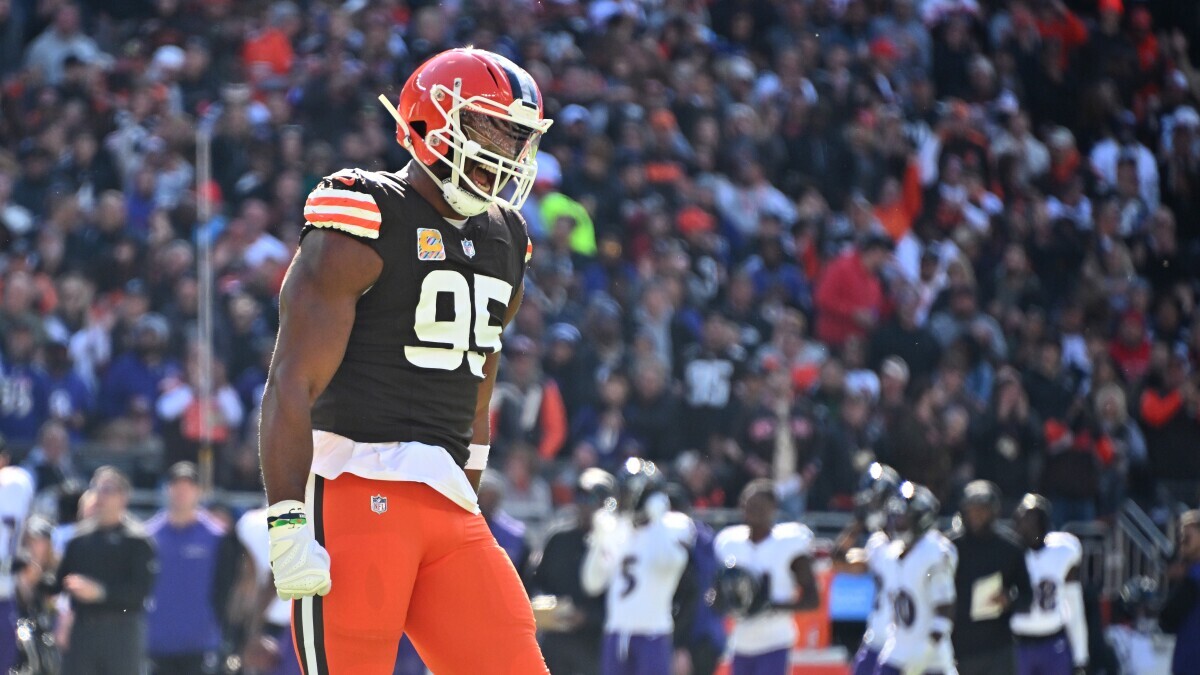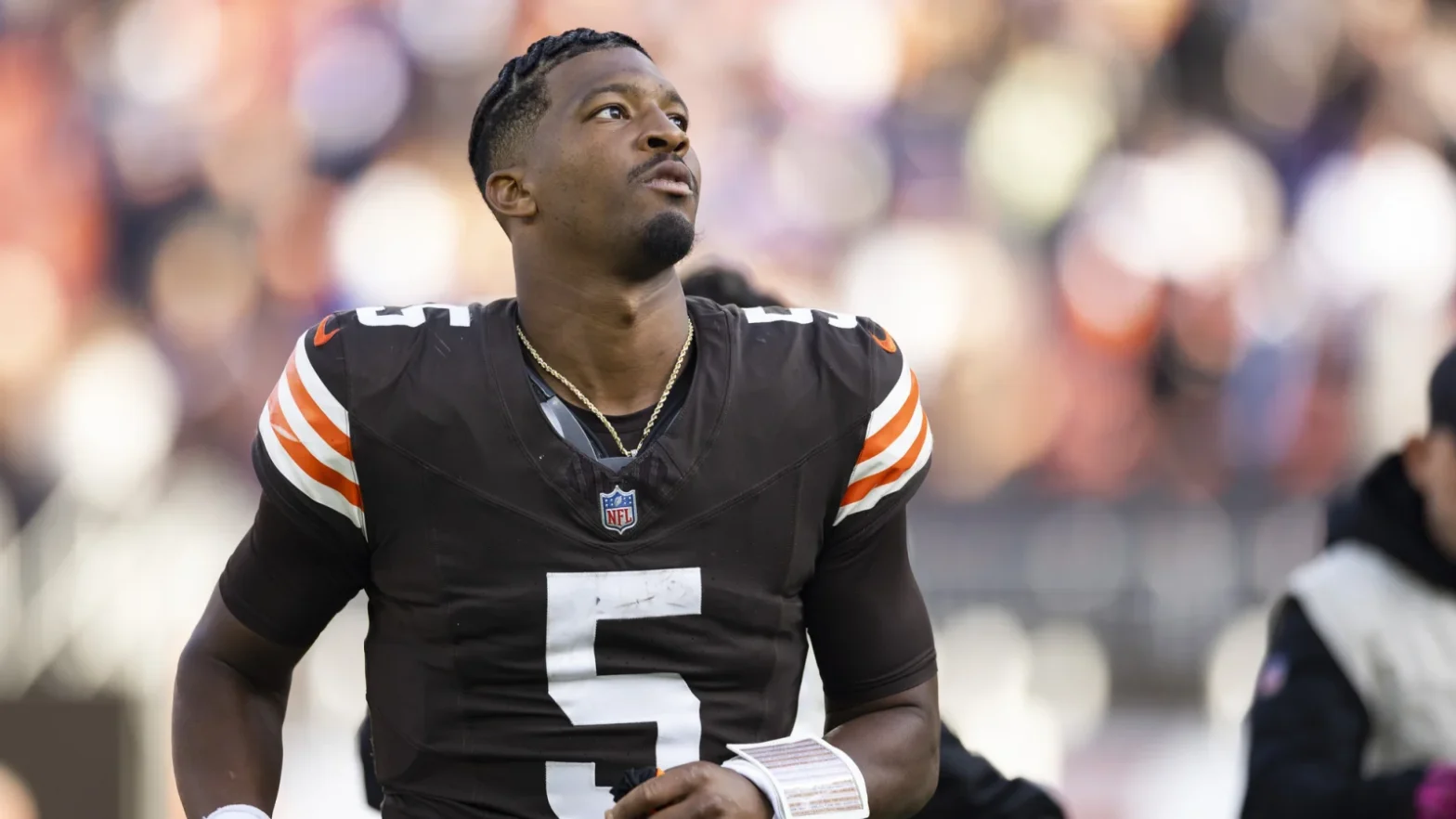As the trade deadline approaches, the Cleveland Browns find themselves considering various strategies to manage their roster and finances, particularly in light of the ongoing complexities surrounding quarterback Deshaun Watson’s contract. Among the options being floated is the possibility of trading star defensive end Myles Garrett. Such a trade could potentially yield a substantial return in the form of draft picks, which could help the Browns offset the financial challenges they face due to Watson’s hefty contract.
However, trading Garrett comes with its own set of financial repercussions. If the Browns decide to move on from Garrett, they would incur a significant cap charge of $62.976 million in the following year. This would be compounded by the already substantial cap charge of $72.935 million that the team faces due to Watson’s contract obligations in 2025. The situation is further complicated by the fact that the Browns will owe Watson $92 million in cash over the next two years, making any decision regarding Garrett even more critical.

Retaining Garrett would result in a more manageable cap figure of $19.722 million in 2025, which is significantly lower—over $40 million less—than what the Browns would have to navigate if they traded him. This financial context adds a layer of urgency to the decision-making process as the team weighs the potential benefits of acquiring draft capital against the immediate and long-term financial implications of such a move.
Ultimately, while a trade of Garrett could seem appealing from a draft pick perspective, the Browns must carefully consider whether the return would justify the chaos created in their salary cap situation. In the context of needing to build a roster with affordable, young talent amid Watson’s contract obligations, maximizing draft picks could be crucial for the team’s future. Thus, the decision surrounding Garrett’s potential trade will hinge on both financial prudence and strategic roster planning.
